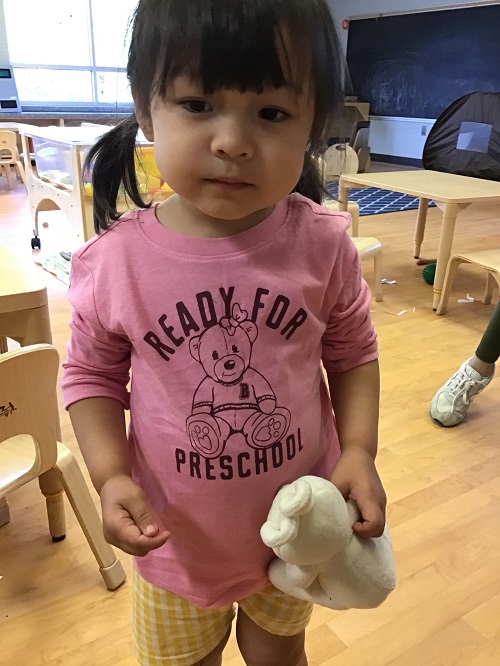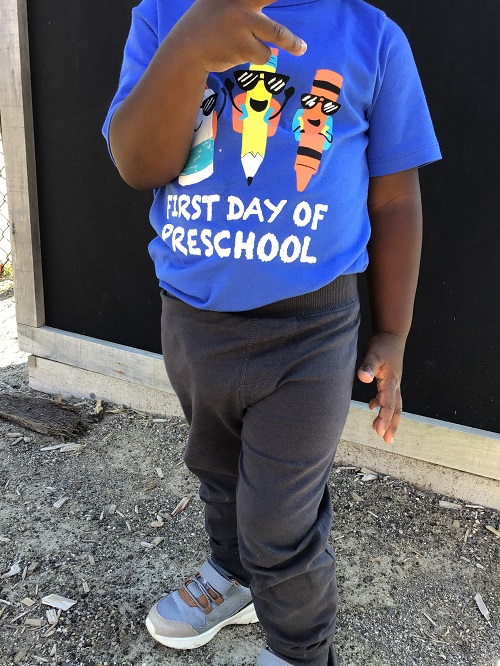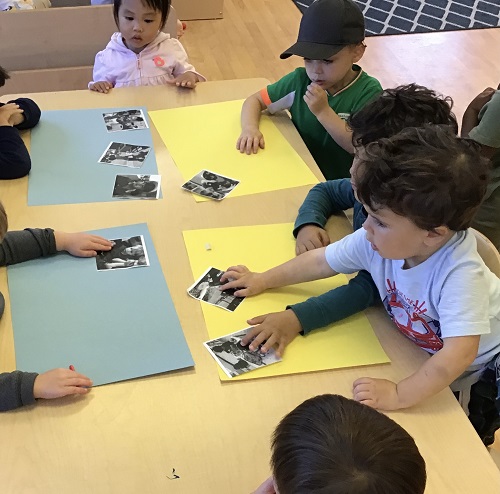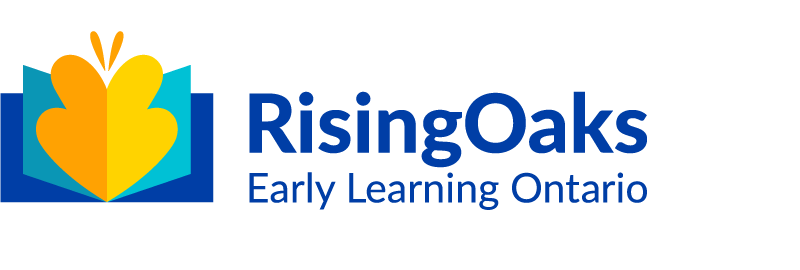This September, many children have transitioned from the toddler room to the preschool room, and new friends have joined our preschool family.
As educators, it was neat to see how many parents prepared their children in advance for the new experience. For example, Kaylee's parents dressed her in a "Ready go to preschool," T-shirt, and Destin's parents also dressed him in a" First Day of preschool." T-shirt.
The new environment is still unfamiliar and uncertain for children of this age, as they are getting to know their educators and peers around them. We educators believe that the children’s environment is another teacher that supports learning and well being for all.
In view of this situation, the educators decided to add to the environment and implement activities to help the children get familiar with, and feel a sense of belonging in their new environment.
We made a sign on the door to welcome the children to the preschool class which has sparked some curiosity in the children. Perhaps we will continue to add to it with the children’s artwork or with their ideas.
Educator Sue created paper smiley faces for each child, and the children sat together holding these smiley faces in their hands. Sue began to sing, "Where is Nathan? Where is Nathan? "and then Nathan would hold up the smiley face and sing back, "I am here, I am here." Sue continued to sing, "How are you today Nathan?” Nathan replied, "I am very happy." Sue continued to sing, "Glad you are here. Glad you are here." The children were very eager to participate and enjoyed the process. Nathan was a role model for some of our new peers, which helped them be able to engage in the song with Sue, when it was their turn.
Educator Sue printed all the children's photos, and allowed them to put these photos on several pieces of paper to make a class photo collage. The children also put their favorite smiley face next to their own photos. Then, educator Sue taped them to the wall where the children could easily see them. The children a showed a sense of pride as they found their own photos and worked their hand eye coordination as they placed the pictures on the large paper while manipulating the glue sticks.
With Educator Janeth 's help, and the support of parents, we have crated a family photo wall where the children are able to see their own photos with their parents, their brothers and sisters. “Come see my family,” said Lylah. “I see you up there,” she said to educator Janeth while pointing up. More friends joined the conversation and began showing their friends their family photo and sharing who was in it.
The decoration of the environment and the various activities, have helped support the sense of belonging for the children, allowing them to make connections with friends, play happily, and learn.
There are many benefits to getting preschoolers familiar with their new environment such as:
1. Reduce anxiety and discomfort: Preschoolers may feel uneasy and anxious in unfamiliar environments. Getting familiar with the new environment as soon as possible can help them reduce these negative emotions and adapt faster.
2. Promote social skills: After getting familiar with the environment, children are more likely to connect with other children and participate in group activities, thereby improving their social skills.
3. Increase self-confidence: After children adapt to the new environment, they will feel more in control and safe, increase their self-confidence, and be able to participate more actively in various activities.
4. Increase learning and development: In a familiar and comfortable environment, children can focus more on learning and exploring, which helps their cognitive and emotional development.
5. Form positive emotional connections: Establishing good relationships with teachers and classmates will make children have positive emotional connections with kindergarten or school, which will help their future learning and socialization.
Helping preschoolers get familiar with the new environment is not only beneficial to their emotional and mental health, but also promotes their all-round development.
The next step is for us educators is to provide children with diverse activities and games of their interest, to support them to continuously improve their social skills and self-awareness and regulation abilities.
